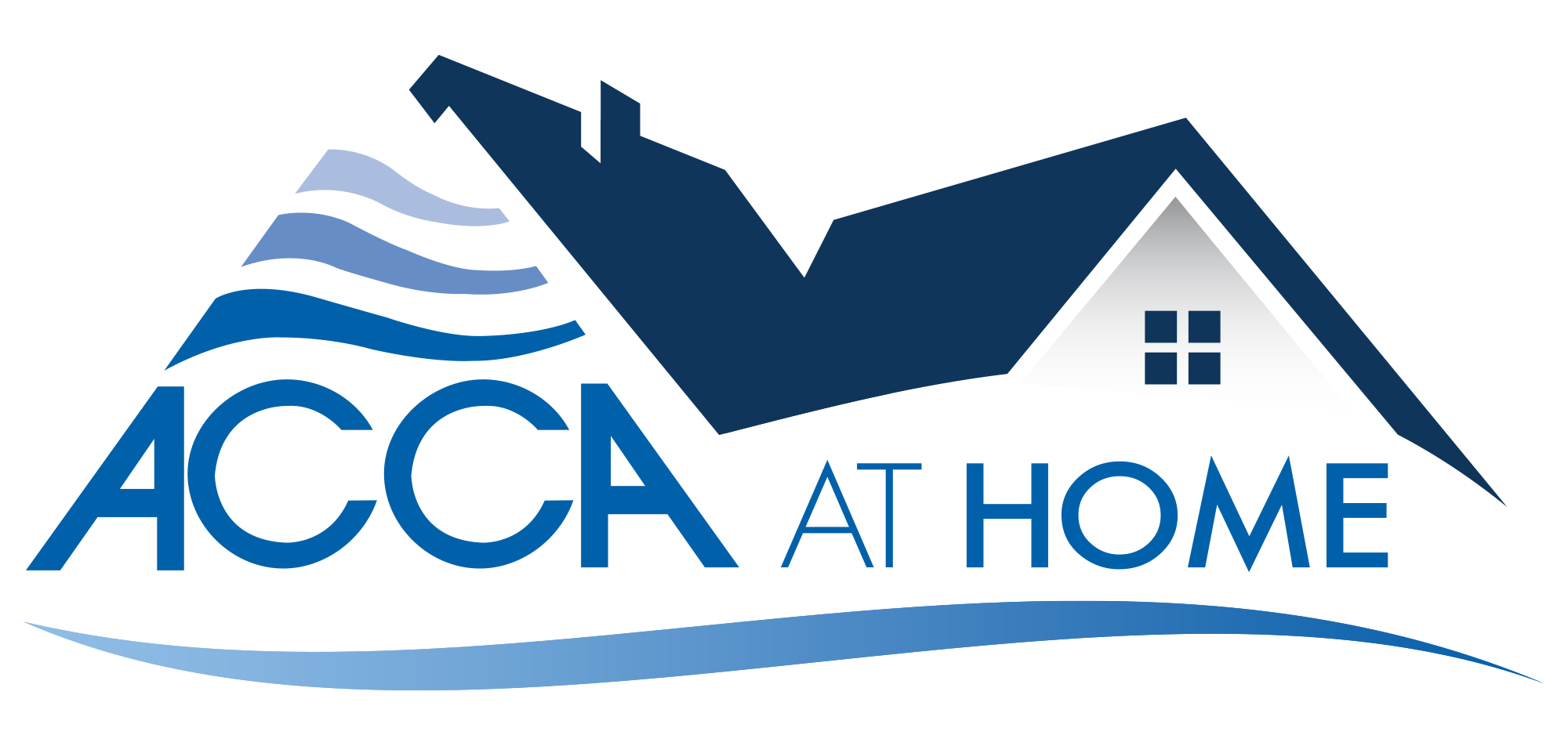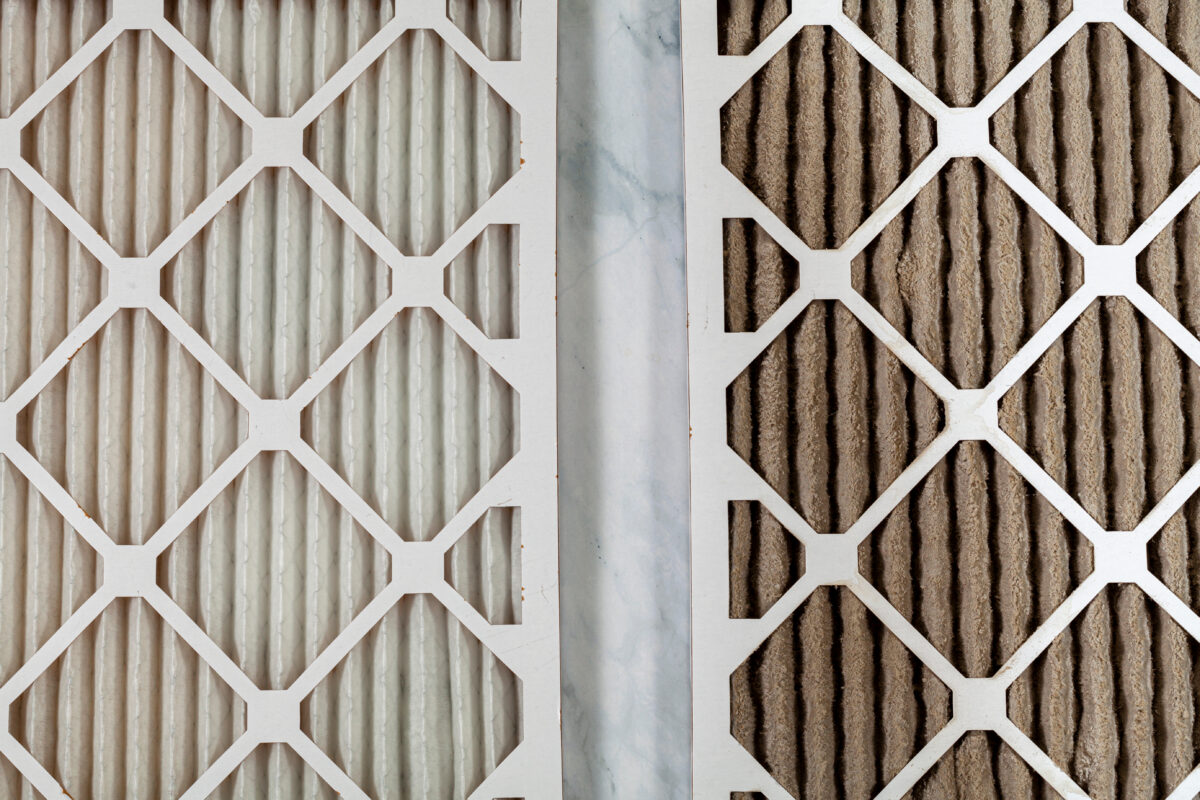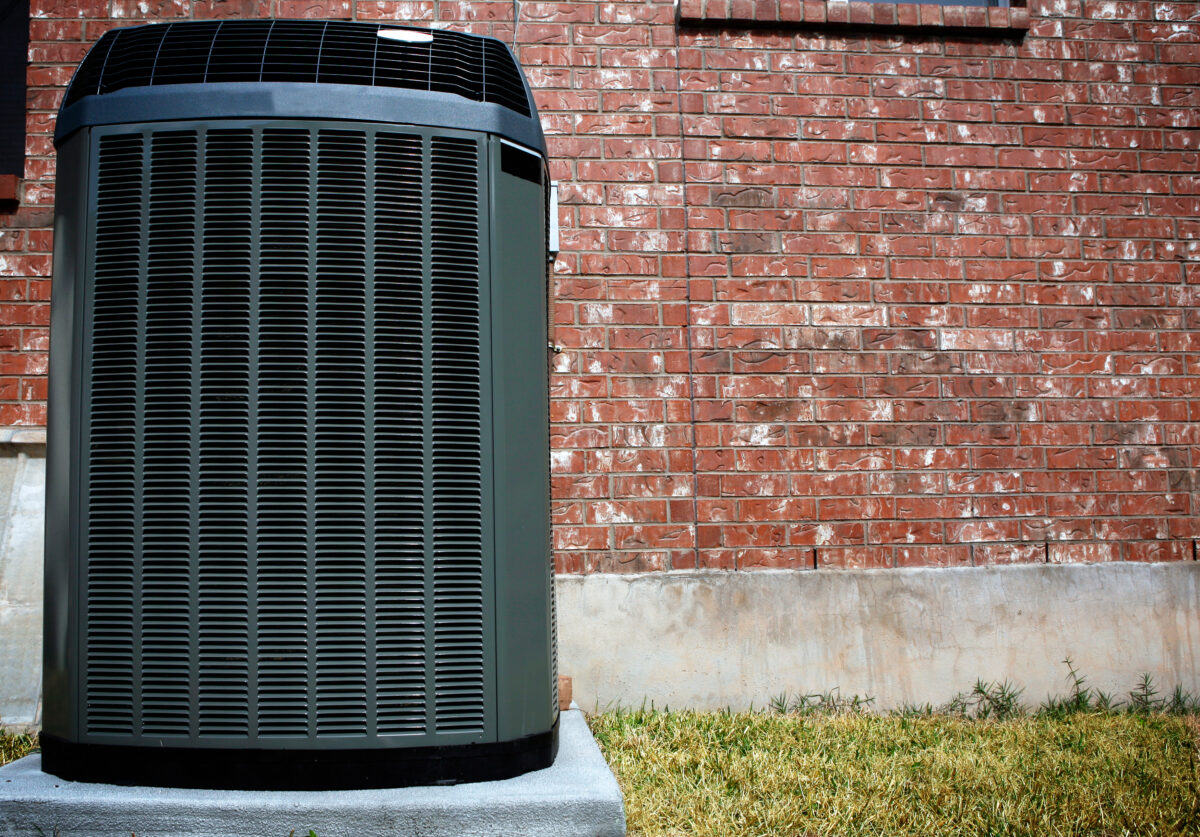As the Midwest transitions into the Fall season, the environment undergoes significant changes, presenting a dual scenario of beauty and challenge for homeowners in the region. The season, while celebrated for its spectacular display of colors with leaves turning various shades of red, orange, and gold, also heralds the arrival of allergy season. This period is characterized by an increase in airborne allergens, including pollen from various trees and mold spores from decaying vegetation. These allergens invariably find their way into homes, subtly but substantially affecting the indoor air quality. For residents, this means not only enjoying the visual delights of the season but also grappling with the invisible challenge of maintaining a healthy and comfortable indoor environment. This article aims to guide Midwest homeowners through this seasonal dilemma, offering valuable insights and practical tips to effectively reduce allergens and enhance indoor air quality during Fall, a time when the indoor environment becomes a crucial sanctuary for comfort and well-being.

The Allergen Challenge in the Midwest
The Midwest region, with its diverse landscape of farmland, forests, and urban areas, is a hotspot for various allergens, especially during the Fall. The season witnesses a surge in the release of pollen from a multitude of native trees, including oaks, maples, and pines. These trees are prolific producers of pollen, which is dispersed extensively into the air, traveling significant distances and infiltrating homes through windows, ventilation systems, and even attaching to clothing.
Moreover, the Fall season brings a carpet of fallen leaves, providing picturesque scenery but also creating an ideal breeding ground for mold. As leaves accumulate and begin to decompose, they retain moisture, fostering an environment conducive for mold growth. Mold spores, once airborne, can easily enter homes, adding to the indoor allergen burden. These spores are not only allergenic but can also exacerbate respiratory conditions like asthma, making them a significant concern for homeowners.
Temperature and humidity fluctuations are also characteristic of Midwest Falls, further complicating the allergen scenario. The region experiences cool nights and warm days, leading to condensation and variations in indoor humidity levels. These conditions are optimal for the proliferation of dust mites and mold within homes. Dust mites, in particular, thrive in high humidity environments and are a common allergen, often overlooked but potent and prevalent during this season.
The combination of these allergens—tree pollen, mold spores, and dust mites—creates a challenging indoor air quality situation for Midwest residents. The Fall season demands heightened awareness and proactive measures to mitigate the impact of these allergens, ensuring a healthy indoor environment. Understanding the specific challenges posed by these allergens in the Midwest is the first step towards developing effective strategies for allergen reduction and indoor air quality improvement during this season.
Air Filtration Solutions
Air filtration is a pivotal strategy for mitigating allergens in the home during the Midwest allergy season. Implementing effective air filtration solutions can significantly reduce the concentration of airborne allergens, providing relief to residents.
 HEPA Filters: High Efficiency Particulate Air (HEPA) filters are renowned for their ability to trap tiny particles, including most allergens. These filters can capture particles as small as 0.3 microns, making them highly effective against pollen, dust, and mold spores. They are particularly beneficial for households with allergy sufferers, providing a cleaner and healthier indoor air environment.
HEPA Filters: High Efficiency Particulate Air (HEPA) filters are renowned for their ability to trap tiny particles, including most allergens. These filters can capture particles as small as 0.3 microns, making them highly effective against pollen, dust, and mold spores. They are particularly beneficial for households with allergy sufferers, providing a cleaner and healthier indoor air environment.- Upgraded HVAC Filters: For homes equipped with HVAC systems, consider upgrading to filters with higher Minimum Efficiency Reporting Value (MERV) ratings. Filters rated between 8 and 13 are adept at trapping common allergens without restricting airflow significantly. It’s imperative to choose a filter that offers a balance between efficient allergen removal and maintaining the system’s airflow.
- Portable Air Purifiers: These devices can offer additional support in areas of the home that require extra attention. Portable air purifiers, often fitted with HEPA filters, can be strategically placed in bedrooms or living spaces where residents spend most of their time. They are particularly useful during nighttime, ensuring the air in sleeping areas is purified, promoting better sleep quality.
- Regular Maintenance: The efficacy of air filtration solutions is heavily dependent on regular maintenance and timely filter replacements. A filter clogged with particles not only loses its efficiency but can also become a source of indoor pollution. Adhering to the manufacturer’s guidelines for filter replacement is crucial, with more frequent changes possibly needed during the Fall when allergen levels are high.
Implementing a combination of these air filtration solutions, tailored to the specific needs and layout of the home, can substantially reduce indoor allergens, creating a more comfortable and healthier living environment during the Midwest allergy season.
Ventilation Improvements
Improving ventilation is a crucial component in enhancing indoor air quality, especially during the Midwest allergy season. Proper ventilation ensures a continuous supply of fresh outdoor air, diluting the concentration of indoor allergens and facilitating their removal from the living environment.

- Enhanced HVAC System: Start by optimizing the ventilation capabilities of your existing HVAC system. Ensure that the system is regularly serviced and maintained to facilitate efficient operation. Consider integrating ventilation controls that automatically manage the intake of outdoor air, maintaining a balanced indoor environment that is neither too humid nor too dry.
- Installation of Exhaust Fans: Placing exhaust fans in areas prone to high humidity and allergen accumulation, like bathrooms and kitchens, can be highly effective. These fans expel contaminated indoor air, creating negative pressure that draws in fresh outdoor air. Regular use of exhaust fans can significantly reduce the concentration of allergens in these critical areas.
- Energy Recovery Ventilators (ERVs): ERVs are advanced systems that exchange the energy contained in outgoing indoor air with incoming outdoor air. These systems not only improve ventilation but also help in maintaining indoor temperature and humidity levels, providing a comfortable living environment while enhancing air quality.
- Opening Windows Strategically: While it may seem counterintuitive during allergy season, occasionally opening windows can aid in refreshing the indoor air. This practice is most effective during times when pollen counts are low, such as after a rain shower. However, be mindful of the outdoor allergen levels and temperature conditions before deciding to ventilate in this manner.
- Using Air-to-Air Heat Exchangers: These devices help in minimizing energy loss while ventilating your home. Air-to-air heat exchangers transfer heat between incoming and outgoing air streams, ensuring that the indoor temperature remains stable even as you improve ventilation.
Implementing these ventilation improvements can significantly enhance the quality of indoor air during the allergy season in the Midwest. When combined with other strategies like air filtration and regular cleaning, these ventilation practices contribute to creating a home environment that is more comfortable and healthier for its residents.

Conclusion
In conclusion, addressing indoor air quality is imperative for Midwest homeowners, especially during the challenging Fall allergy season. By understanding the unique allergen challenges in the region and proactively implementing a combination of air filtration solutions and ventilation improvements, residents can create a living environment that minimally impacts allergy sufferers, promoting comfort and health for all occupants. It’s crucial to consider the specific needs of your household, possibly integrating various solutions for optimal results.
For homeowners uncertain about how to proceed or those considering significant upgrades to their home’s HVAC or ventilation systems, professional advice and assistance are invaluable. Experts can provide tailored recommendations based on the unique characteristics of your home and the specific health needs of its residents. To find qualified and reputable HVAC contractors in your area who can guide you in enhancing your home’s indoor air quality, use the ACCA contractor locator tool. Engaging professionals ensures that the solutions implemented are not only effective but also safe and efficient, providing long-term benefits for you and your family during the allergy season and beyond.







